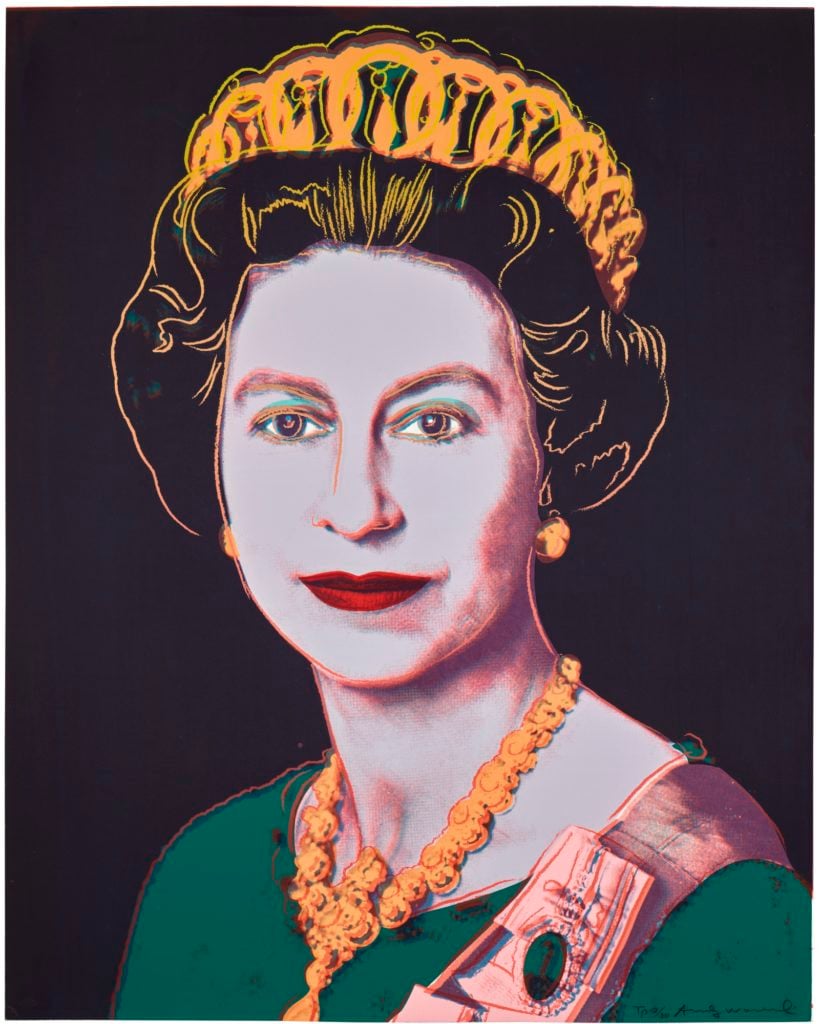It’s better to focus on where you are going than how you are feeling

Photo by Bethany Legg/Unsplash
The notion that emotional pain and suffering reflect a deviation from a default happy baseline has been referred to as the ‘assumption of healthy normality’. But it’s a mistaken assumption. Estimates of the lifetime prevalence of psychiatric disorders indicate that around one in two adults will meet the criteria for a mental-health condition at some point in their lives. Given that psychological pain is so ubiquitous, we should focus less on what might make us happy, and more on achieving a sense of meaning, regardless of how we’re feeling. Psychotherapy should help people manage effective functioning while they are distressed, above and beyond aiming to reduce symptoms such as difficult thoughts, emotions and sensations. Acceptance and commitment therapy (ACT) takes this approach, using mindfulness, acceptance and other behavioural strategies to promote more flexible and value-driven behaviours. The goals in ACT are not necessarily to change or reduce one’s problematic thoughts or emotions, but to foster meaningful and effective behaviours regardless of mood, motivation or thinking. In other words, the primary goal is to promote what therapists call ‘valued living’.
Think of valued living as going about your daily life in the service of values that you find important, whereby engaging in these actions creates a sense of meaning and purpose. From an ACT perspective, symptoms of psychiatric disorders, and psychological suffering more broadly, are problematic when they are linked to rigid behaviours that pull us away from valued living. We might not have any control over the pain we experience – in fact, our emotional pain is profoundly human – but one area where we can exert some control is what we do in response to that suffering. Many common responses to difficult thoughts and emotions – such as avoidance, substance abuse, withdrawal and aggression – can alleviate distress in the short term, but also lead to long-term damage in our relationships, our jobs, our freedom and our personal growth – the very areas that provide that sense of meaning and purpose. By letting go of an agenda guided by minimising pain, and recalibrating toward a more value-driven agenda, our choices can be based on who we want to be, rather than how we want to feel.
In their 2013 study, the psychologists Todd Kashdan and Patrick McKnight of George Mason University in Virginia examined the day-to-day relationships between valued living and wellbeing in a sample of individuals with social anxiety disorder. This is a common but debilitating condition that’s marked by intense fear of social situations that might involve being negatively judged by others. People with social anxiety disorder often want and value positive relationships but considerable distress makes them avoid social interactions, so this is an excellent group in which to examine values and meaning.
In the study, participants began by identifying their central aim or purpose in life (eg, ‘trying to be a good role model to others’). Then, each day over the next two weeks, they rated their daily efforts and progress toward this goal, and provided daily ratings of their self-esteem, meaning in life, and experience of positive and negative emotions. On days when they reported investing greater effort toward their main life goal, they also tended to enjoy greater wellbeing: they said their life had more meaning, and they scored higher on self-esteem and the experience of positive emotions. Importantly, support was not found for the reverse path – greater wellbeing did not predict greater effort or progress toward strivings. This study highlights that sometimes we need to make the value-guided choice, regardless of how we feel.
If only it were so easy, though. For this reason, in ACT-based treatments, there is substantial focus on skills and techniques that can assist one in cultivating a more aware, willing and tolerant stance toward difficult feelings and other internal experiences. This stands in explicit contrast to a ‘do X and your distress will alleviate’ approach. The ACT techniques are not in the service of changing emotional states – they are in the service of facilitating valued action.
The effectiveness of ACT across different diagnoses and problem areas shows that committing to the benefits of valued living transcends traditional diagnostic categories. In addition to anxiety disorders, in studies of post-traumatic stress disorder, depression and resilience, chronic pain, suicidal ideation and many more, engaging in behaviours consistent with personally held values has been linked to a range of positive outcomes.
Which brings me back to my work as a therapist. While the breadth of exercises and techniques employed in ACT is beyond the scope of this article, there is one exercise I’d like to share that has helped some of my clients see the inextricable link between valued living and painful experiences. In this activity (of which there are different variations), the therapist first asks the client to write on an index card some of the internal experiences they are struggling with most – difficult thoughts and judgments, emotions, memories.
I ask them, what do you notice when you read that index card? I feel awful, I don’t want this. What do you want to do with the card? I want to throw it in the trash. Then the client flips the card over, and I ask them to write out some of the things that are most important, most meaningful to them – being a parent, caring and supporting others, learning, growing, etc. What do you notice when you read this side? Warmth, it feels right, this is who I want to be. Where is the pain, where is the other stuff? Still here, on the other side of the card. What happens if you push that pain away, escape or avoid it? I push the meaningful stuff away too. In your heart of hearts, what does your experience tell you right now? If I’m going to do the things that are important to me, be the person that I want to be, I also have to make room for the painful stuff.
In my experience, this is both an emotionally difficult exercise and also one that helps a person grasp that it’s impossible to disentangle pain and valued living. Sometimes it is hard to engage with those struggles in session, but we regularly return to the rationale of the approach – that maybe a different stance toward pain is necessary. And that is the crux of the work in ACT – opening up to the demons, judgments and suffering that lie underneath, all for the purpose of moving toward that which is meaningful.
The valued path is not necessarily the happy path. Social connectedness sometimes brings us in contact with memories of abuse and trauma. Being a parent stirs up doubts, uncertainty and feelings of anxiety, fear, anger and shame. Advocating for social justice requires repeated exposure to the inequities in our societies and the feelings of helplessness that can come from fighting for an equality that might not exist until after you’re gone. But a growing body of psychological research suggests that the valued path is the more workable one, whereas the happy path can be more of an illusion.
For readers who would like to find out more, I recommend the book Get Out of Your Mind and Into Your Life (2005) co-authored by the founder of ACT, Steven Hayes, and also Things Might Go Terribly, Horribly Wrong (2010) co-authored by another ACT pioneer, Kelly Wilson. And here is the international directory of ACT therapists, maintained by the Association for Contextual Behavioral Science.






